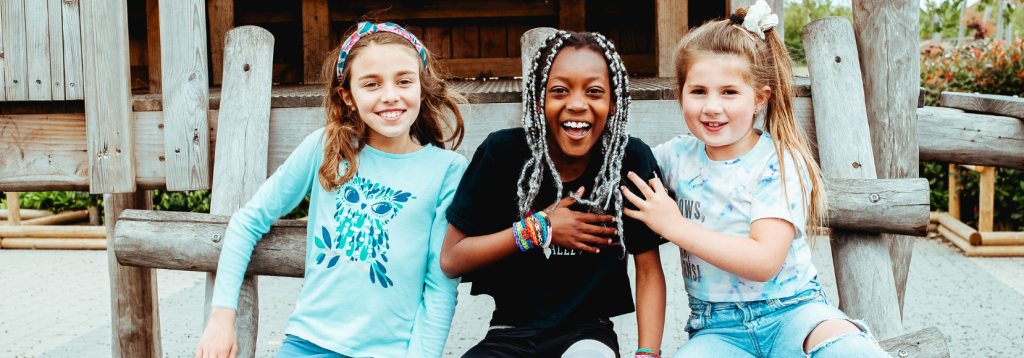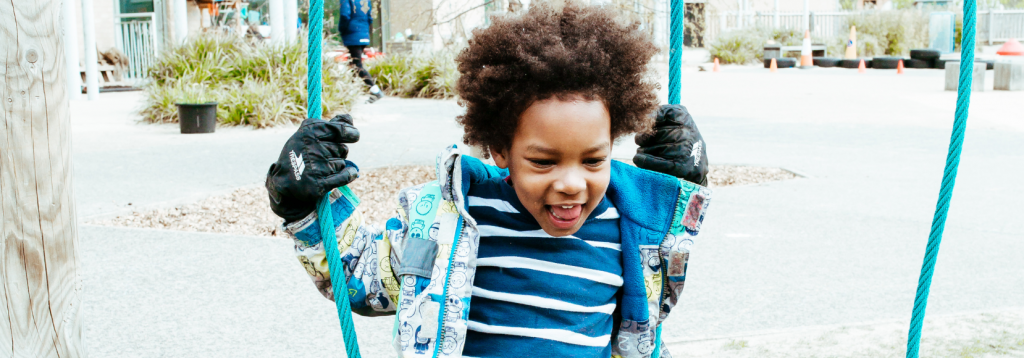International Day of Happiness – How sports can improve children’s general wellbeing
What is International Day of Happiness?
It’s a day to be happy! What else? International Day of Happiness is celebrated every year on 20 March and aims to promote and spread happiness and wellbeing around the world.
In 2011, the United Nations General Assembly adopted a resolution that recognised happiness as a fundamental human right and goal. It calls for a more inclusive and balanced approach to economic growth that promotes the happiness and wellbeing of all people, serving communities and individuals, emphasising the importance of mental and emotional wellbeing as indicators of happiness.
In 2012 International Day of Happiness was declared, and was celebrated for the first time in 2013 along with the advent of the World Happiness Report – and has been celebrated every year since!
The day involves various events, activities and campaigns worldwide, focusing on themes like kindness, hope, resilience, and connection. It serves as a powerful tool to foster positive attitudes, embrace mindfulness, and contribute to creating a happier, more compassionate world. Whether through acts of kindness, community engagement or personal reflection, the International Day of Happiness aims to encourage people to feel happy and share happiness with others, promoting a sense of unity and collective wellbeing.

What are the 10 steps to global happiness?
The campaign’s Ten Steps to Global Happiness provides some ideas on how to live happy every day.
- Tell everyone about this day to help people feel happy
- Do what makes you happy
- Give and spread happiness to others
- Attend a world happiness event – celebrate the release of the world happiness report
- Create your own celebration to mark this day of happiness
- Share what makes you happy on social media using hashtags such as #choosehappiness or #makeithappy
- Promote the resolutions – find them here
- Advance the United Nations global goals for sustainable development
- Enjoy nature – get outside in the country and appreciate the natural environment
- Adopt ‘happytalism’; a more equitable and balanced approach to economic growth, founded by Luis Gallardo, President of the World Happiness Foundation
How can sports improve children’s happiness and general wellbeing?
Following the 10 steps listed above is just the start of celebrating World Happiness Day and a great way of building even the little things into our every day lives.
Another way? Sports!

Improve your mood
Engaging in physical activity has proven to be a key trigger for brain chemicals that are directly linked to mood. That’s why, here at Premier Education, we want to get as many children as possible enjoying the benefits of sport and activity.
When kids exercise, it provides a low-dose jolt to the brain’s reward centres that are responsible for focus, motivation, inspiration and general happiness. Over time, participating regularly in physical activity either through a sports club or activity can lead to higher circulating levels of dopamine that is mood-lifting and can relieve depression, while reducing cortisol and adrenaline that’s commonly associated with stress.

Improve community
Team sports in particular provide a great opportunity for kids to unwind by engaging them in a challenge that allows them to connect with friends and teammates outside of the classroom.
It also fosters a sense of comradery between kids, encouraging feelings of pride and loyalty among the members of a team. Enabling them to work together well, being the ultimate goal. While this is great on the pitch, this sense of community can also extend to children feeling more supported by their peers in other areas of their life too, boosting their overall self-confidence.
Find a sport they love
Though International Happiness Day is a great springboard into talking about what makes your child happy, it doesn’t stop after 20 March.
Enrolling your child in an after school club or a holiday camp is a great way for them to discover something new that can help them achieve joy for years to come.
We have a huge range of sports and activities, from classic favourites to brand new experiences for children to discover and love! Find out more about which activities they can try here.

How can families celebrate International Day of Happiness?
Promoting wellbeing for your young people is something you can encourage all-year round, but the United Nations International day of happiness is the perfect opportunity to find happiness and do something special!
Do an act of kindness
It can be as easy as your child paying their friend a compliment, holding the door for someone, sharing a snack from home or even donating some old toys to your local charity shop.
The act itself isn’t as important as the way it makes the recipient and your child feel. Doing something kind for others can create a sense of accomplishment, making your child feel good about themselves, all while introducing themes of empathy and society happiness into their lives.
Form a gratitude circle
Forming a gratitude circle is a great way to start the day with a happiness path, promoting not only happiness but a way to spend time and build a sense of connection between family members.
Each person takes a turn of naming one thing they’re looking forward to that day, or highlighting the best thing that has happened to them that week.
If your family schedule doesn’t allow you to all physically sit down together, try doing to the same thing on the move during the school run, or wait until you’re all in the same room.
Your happiness pack
So if you want to celebrate International Day of Happiness (who wouldn’t?), this blog has given you a starting point but the support doesn’t stop there.
Action for Happiness, one of the coordinators of this happiness international day has put together a happiness pack for you and your children to work through, introducing happiness as a way of living. You can find it here!
Health and wellbeing resources from Premier Education
Health and wellbeing often come hand in hand with happiness, so engaging with one helps to boost the other.
Like any other skill, teaching your child to be mindful of their own wellbeing can take practice, and Premier Education is here to help with achieving that goal with free and downloadable resources that offer tips and activities that you and your child can work through together. Find them here!


